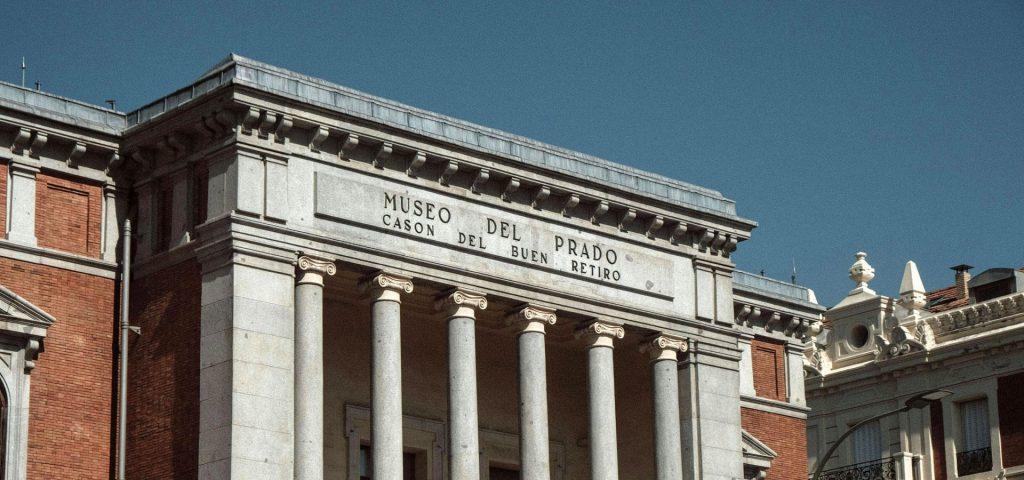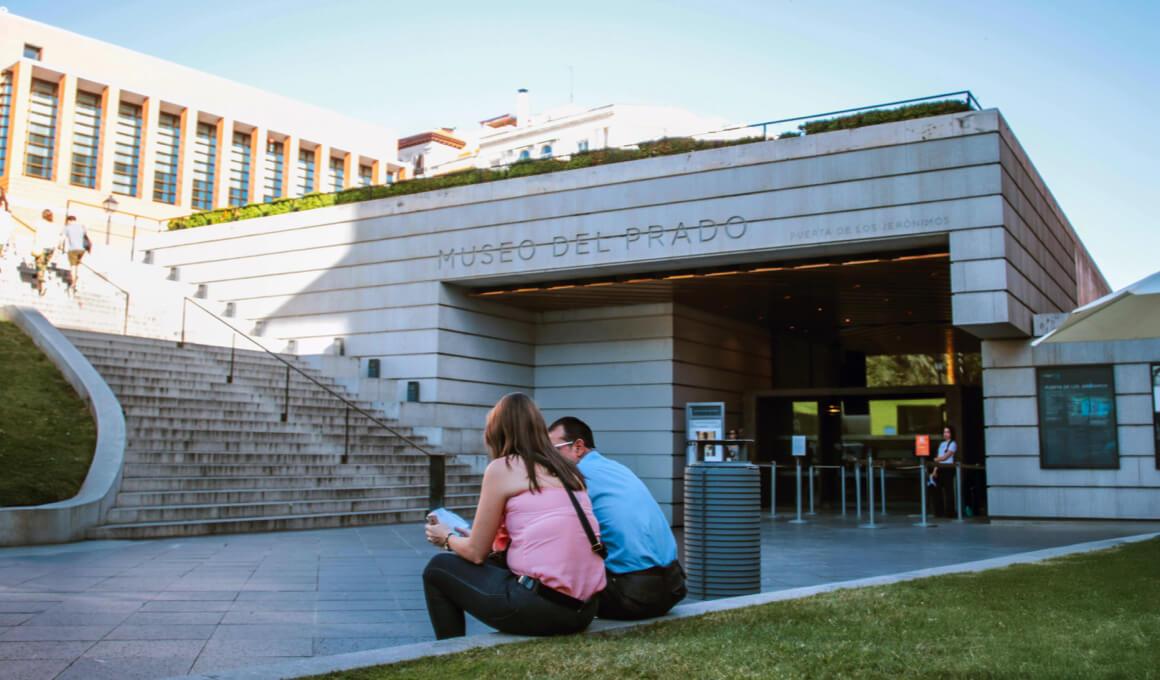The Prado Museum houses numerous representations of powerful women, from queens and noblewomen to mythological and religious figures. Through masterpieces by artists such as Velázquez, Rubens, and Goya, we can explore how art has reflected—and at times challenged—the ideals of female power throughout different eras. Within its galleries, we encounter some of the most influential women of their time, whose stories were relegated for centuries to the background, overshadowed by the fame of the artists who portrayed them.

Among these works is the portrait of Isabella I of Castile, depicted as a sovereign queen who claimed and ruled the Castilian crown in her own name—something exceptional for her time. Despite the pressures for her husband, Ferdinand of Aragon, to take control of Castile, Isabella made it clear from the outset that she was the rightful ruler of the throne, not merely a consort.
We also find the bronze statue of Mary of Hungary by Pompeo and Leone Leoni, where we see the carefully crafted image the queen—later governor of the Netherlands—cultivated for herself. Holding a prayer book and dressed in widow’s attire as a sign of devotion to her deceased husband, she also wears the rich garments and colors of the Habsburg family—particularly the deep black dye from logwood, a colonial resource from the Americas.
In the Prado’s so-called “Hall of the Queens,” we find portraits of Isabella I of Castile, Catherine of Austria (Queen of Portugal), and Empress Maria of Austria. Among them stands out Joanna of Austria, portrayed by Antonio Moro. A key figure in Spain’s artistic circles, she founded the Convent of the Descalzas Reales in Madrid, where she is buried. She was also the only woman in history to be admitted into the Society of Jesus, under the name Mateo Sánchez.
The Museo Nacional del Prado is one of the world’s finest art museums, home to major works by key figures of Western art—Velázquez, Goya, El Greco, and Rubens, of whom the museum holds the largest collection in the world. Much of this is thanks to the monumental figure of Isabella Clara Eugenia, a powerful patron who promoted Peter Paul Rubens at the court of her nephew, Philip IV. The Archduchess fully understood the political and propagandistic power of visual art and recognized that the Spanish crown needed an artist of Rubens’s stature at its service.
The Prado Museum not only preserves masterpieces of art history, but also bears witness to the crucial role powerful women have played in shaping political, religious, and cultural narratives. Through portraits, mythological scenes, and symbolic representations, these women emerge not only as muses or models but as active protagonists of their time. To acknowledge their presence in art is to recognize their influence in history—and invites us to view the past with a richer, more critical, and inclusive perspective.
